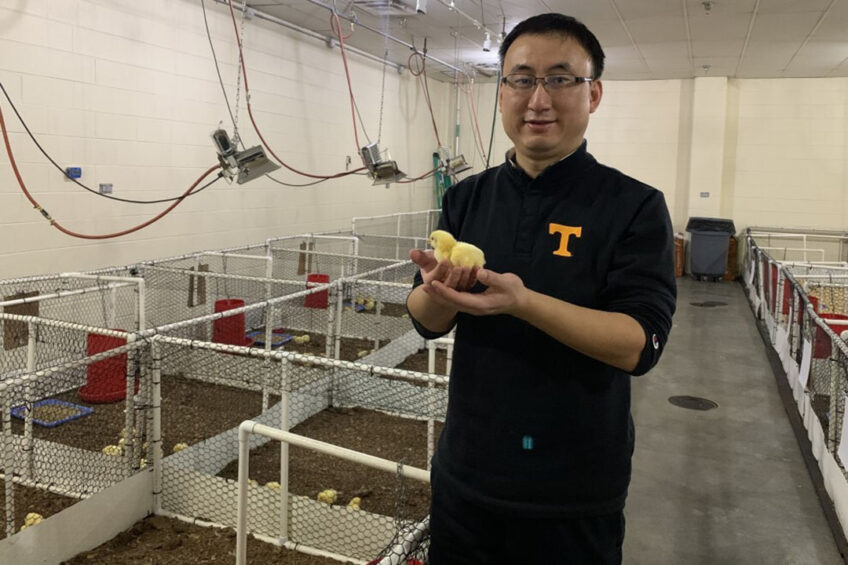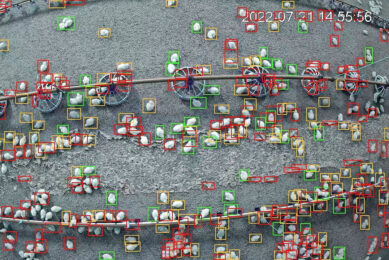New study on a computer vision system for poultry

A research team will use a US$1 million grant to create and implement a computer vision system to monitor poultry production.
Precision livestock farming systems have been implemented on larger animals to monitor things like activity, agitation, and other indications of animal stress and welfare. It is more difficult to monitor poultry, say researchers, as they are much smaller, and their populations are higher.
This project involves creating a computer vision system to track animal-based measures for poultry in real-time. The grant has been awarded to a research team from the University of Tennessee Institute of Agriculture and is funded by the Agriculture and Food Research Initiative.
“…an affordable system for broiler growers.”
Poultry World spoke to the programme’s lead, assistant professor Yang Zhao in the University of Tennessee Institute of Agriculture Department of Animal Science. “The computer vision system that we are going to develop will utilize off-the-shelf surveillance cameras together with lightweight machine learning and deep learning algorithms. It will be an affordable system for broiler growers. We hope that it will be able to capture broiler activity, gait scores, and several welfare-related behaviours like stretching, preening and dustbathing, and production-related behaviours like eating and drinking, in real-time,” he said.
The researcher team will develop a benchmark database with detailed notes on the birds’ behaviours. The artificial intelligence and video image analysis will allow researchers to examine the interactions of the birds’ measures with management factors and collect baseline data.
Automatically collect bird behavioural responses
Zhao says that this project provides timely support to develop an affordable system that may assist broiler growers to automatically collect bird behavioural responses and better manage flocks at commercial farms.
“A similar system for commercial broiler production does exist, but the cost of the system is high and it does not capture as many bird measures as desired. So we hope that we could develop an affordable system with better capability in this project,” he said, adding, “This system will help us understand how the environment and management practices affect poultry welfare. In addition, the system has the potential to send farmers alarms when welfare abnormality is observed.”
The project began on 1 February and Zhao and his team expect to have a prototype system ready for demonstration by the end of 2025, if not earlier. The estimated cost of the system is US$2,500 per house.
Other investigators on this project include Robert Burns, Hao Gan, Shawn Hawkins and Daniel Berckmans from UTIA Department of Biosystems Engineering and Soil Science; Maria Prado of UTIA Department of Animal Science; and Hairong Qi from UT Department of Electrical Engineering and Computer Science.










